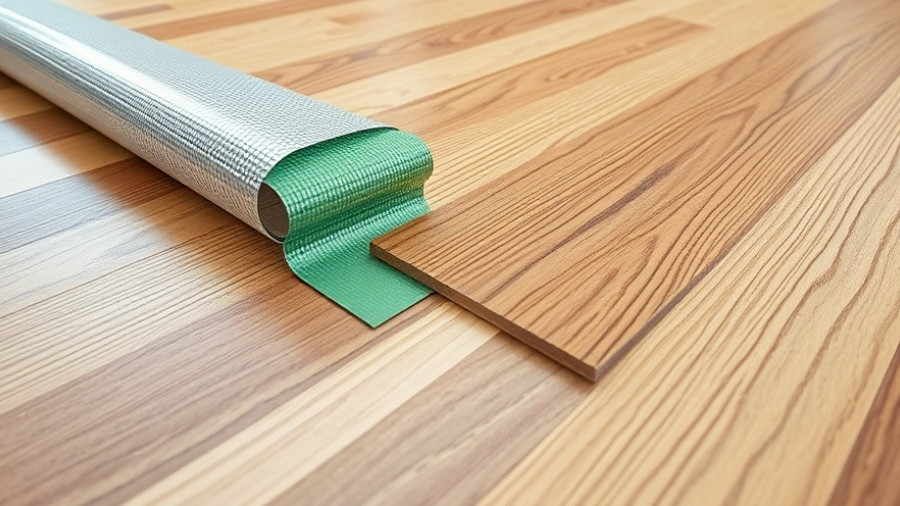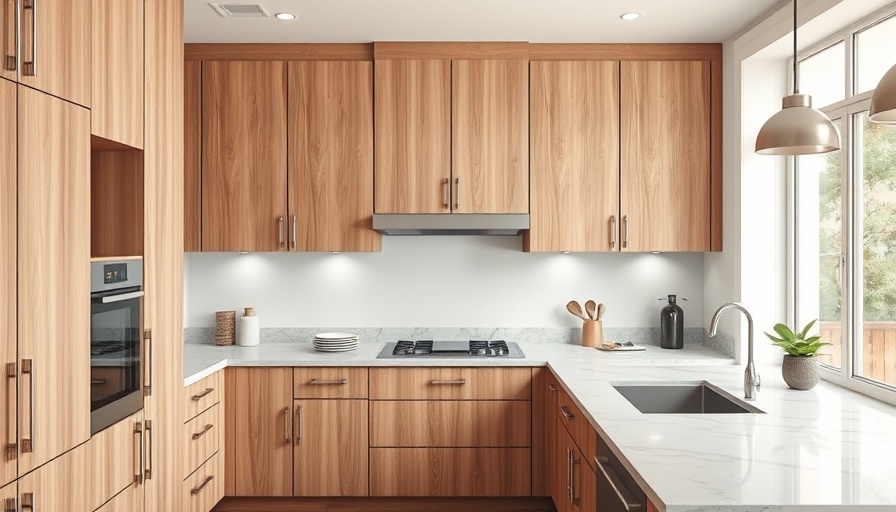
Understanding Your Water Heater's Pilot Light
As a homeowner, one of the most inconvenient issues you can encounter is a pilot light going out on your water heater. This small flame is responsible for igniting the burner and ensuring you have hot water. When it goes out unexpectedly, especially during the chilly winter months, it can lead to cold showers and disrupted routines. Fortunately, there are common reasons why this occurs and several DIY fixes that can help restore your comfort.
Key Reasons Why Your Pilot Light Keeps Going Out
The frustration of not having sufficient hot water can often be traced back to a few key components of the water heater. Let's explore some of the frequent culprits behind a malfunctioning pilot light.
1. Thermocouple Troubles
The thermocouple is a crucial part of the pilot burner assembly. Its job is to detect heat and manage gas flow. If your pilot light keeps extinguishing, it could be indicative of a malfunctioning thermocouple. Thankfully, this is a relatively simple component to replace, often manageable in under an hour. For minor issues like dirt buildup, cleaning with sandpaper can be a viable DIY solution.
2. Insufficient Combustible Air
A water heater's pilot light requires adequate air to maintain combustion. Without sufficient air supply, it can easily go out. Ensure the area around your heater is free of dirt and clutter, as debris can obstruct airflow. This minor upkeep can significantly impact the performance of your water heater.
3. Clogged Pilot Tube
If the pilot tube accumulates dirt and debris, it can restrict gas from reaching the flame, leading to an inconsistent or extinguished pilot light. Cleaning this tube with a simple tool, such as a slender needle, can clear the blockage and help the light stay lit.
4. Main Control Valve Issues
While less common, a faulty main control valve can prevent the pilot light from functioning properly. This valve regulates the flow of gas and water pressure. If you suspect this is the issue, it's best to consult with a professional for an accurate diagnosis and repair.
5. Electrical Wiring Problems
Faulty wiring can cause your water heater to malfunction. If the pilot light fails after being lit, consider having an electrician examine the wiring to ensure there are no shorts or faults that need addressing.
Precautionary Measures: Safety First!
While there are many components you can check and repair on your own, safety should always be your top priority. Before working on your water heater, turn off the gas supply to prevent any accidents. If at any point you feel uncertain, don’t hesitate to contact a professional. The cost of monitoring a simple fix pales in comparison to potential hazards involved with gas lines and electrical systems.
Future Insights: Keeping Your Water Heater Healthy
Sometimes the most significant issue stems from an aging water heater. If yours is reaching or exceeding its expected lifespan of 10-15 years, it might be time to consider a replacement. New technologies offer higher efficiency and lower energy costs, ultimately saving you money in the long run.
Take Action and Stay Informed
Regular checks and maintenance can help keep your water heater functioning optimally. Equip yourself with knowledge about pilot light issues and simple fixes. Additionally, consider reaching out to local professionals for diagnostics if the problem persists. Ensuring that your water heater is in perfect condition ensures uninterrupted hot water and adds to your home's comfort.
If you're looking to learn more about maintaining your home appliances or if you're interested in professional water heater services in your area, reach out to our team at Apex Plumbing. We’re here to provide you with expert insight and assistance for all your plumbing needs.
 Add Row
Add Row  Add
Add 




Write A Comment